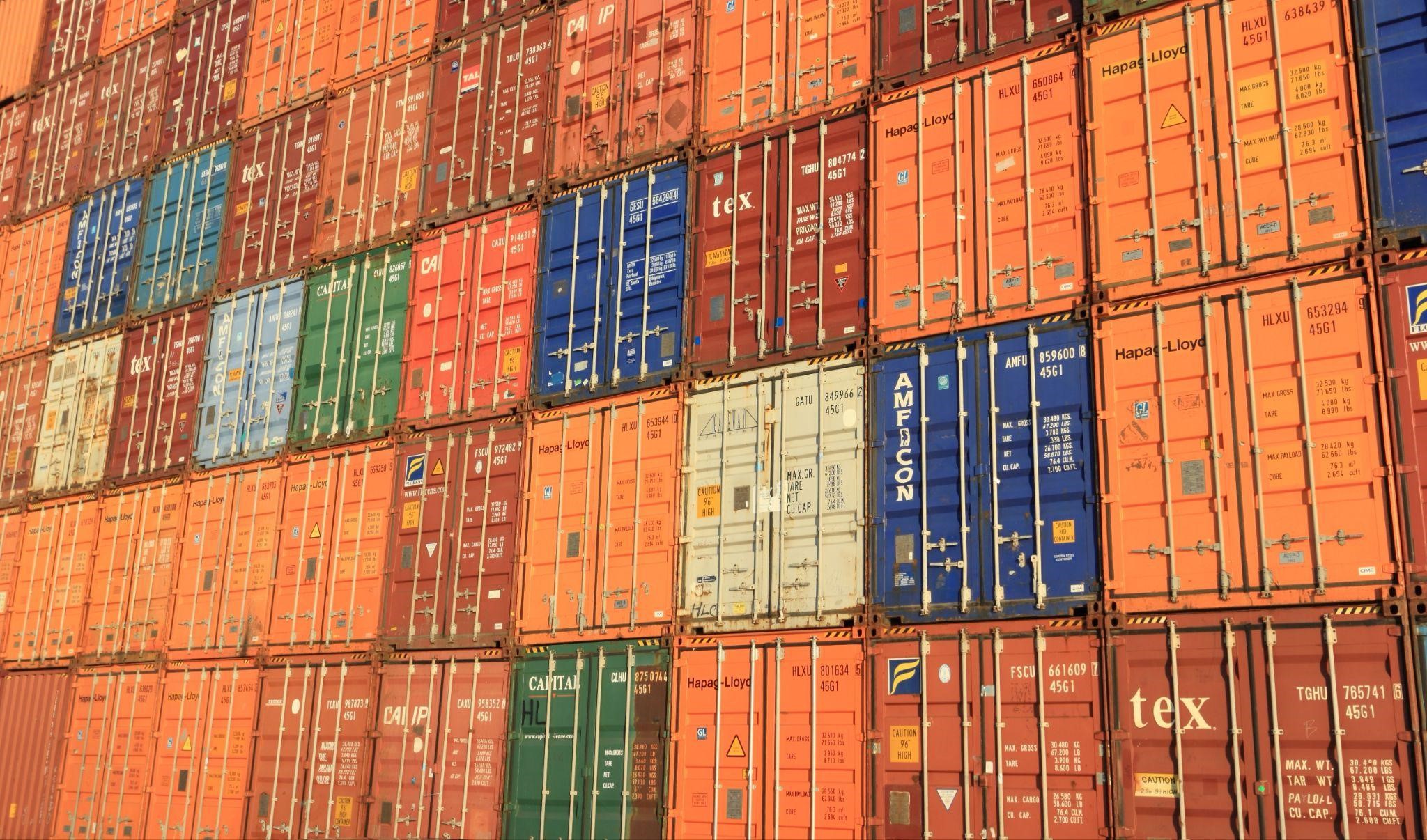As e-commerce continues to grow year over year, so does the need for an efficient and environmentally friendly supply chain. Millions of products are delivered to people’s doorsteps every day, which results in the production of massive amounts of pollution. Fortunately, there are steps companies can take to make their logistics operations more sustainable without raising costs. Let’s look at some sustainable package mailing practices shipping companies can implement to minimize their environmental impact.
Eco-Friendly Packaging and Materials
Table of Contents
Reused Packaging
Reused packaging refers to the practice of using packaging materials, such as containers, pallets, or crates, multiple times in their lifecycle. Instead of disposing of these materials after a single use, they are cleaned, inspected, and refurbished for subsequent shipments. Reusing packaging helps extend the life of these materials, reducing the need for new packaging and lowering overall waste generation.
Implementing reused packaging can significantly enhance the sustainability of shipping companies. Firstly, it reduces the consumption of new resources, such as wood, plastic, or metal, which would otherwise be required to manufacture fresh packaging. This conservation of raw materials helps preserve natural resources and minimizes environmental strain. Secondly, reusing packaging reduces the amount of waste generated, contributing to waste reduction and promoting a more circular economy. By adopting reused packaging practices, shipping companies can make substantial strides toward minimizing their environmental impact and showcase their commitment to sustainable business practices.
New Sustainable Packaging
New sustainable shipping is the most cutting-edge and expensive method of reducing physical packaging waste. There have been several emerging trends and innovations in sustainable packaging over the past couple of years. For example, Manufacturers have been experimenting with plant-based plastics or bioplastics as an alternative to traditional petroleum-based plastics. Bioplastics are derived from renewable resources like corn, sugarcane, or algae, making them more eco-friendly and reducing reliance on fossil fuels. Bioplastics also have the added benefit of being biodegradable, meaning they can be easily broken down after use. One of the most unique innovations in sustainable packaging is mushroom packaging. Mushroom packaging, also known as mycelium packaging, uses the root structure of mushrooms to create a biodegradable and compostable material that can replace traditional packaging materials like Styrofoam.
Repurposed Packaging
Repurposed packaging refers to the creative reuse of existing materials or containers for different purposes than their original intent. In the context of shipping, it involves using packaging that was initially designed for one product or shipment and repurposing it to package other items. This approach seeks to extend the lifecycle of packaging materials beyond their initial use, reducing waste and promoting sustainability.
Repurposed packaging offers several benefits to shipping companies. Firstly, it helps minimize the need for new packaging materials, leading to cost savings and reduced resource consumption. By finding new applications for existing packaging, companies can lower their environmental impact and contribute to a circular economy. Additionally, repurposing packaging can enhance supply chain efficiency, as it allows for the optimization of available resources and reduces the time and effort spent on sourcing new packaging solutions. Overall, repurposed packaging presents a win-win scenario for shipping companies, enabling them to be more sustainable while simultaneously improving their operational efficiency and cost-effectiveness.

Optimizing Delivery Trucks
Improving Delivery Routes
Improving delivery routes can significantly enhance the sustainability of shipping companies. By optimizing routes, companies can reduce the distance traveled and minimize fuel consumption, leading to lower greenhouse gas emissions and a smaller carbon footprint. Efficient delivery routes also translate into reduced transportation costs and less wear and tear on vehicles, contributing to financial savings and improved fleet longevity. Additionally, optimized routes can lead to shorter delivery times, increasing customer satisfaction and loyalty. Embracing better delivery routes not only benefits the environment but also enhances the overall operational efficiency and competitiveness of shipping companies in the market.
Leveraging Alternative Fuels
Shipping companies can enhance sustainability by leveraging alternative fuels for their operations. Switching from traditional fossil fuels to cleaner options like liquefied natural gas (LNG), biofuels, or hydrogen significantly reduces greenhouse gas emissions and air pollutants. Adopting alternative fuels also helps companies comply with stringent environmental regulations and reduce their carbon footprint, contributing to global efforts to combat climate change. Additionally, as renewable energy sources become more accessible, investing in alternative fuels can lead to long-term cost savings. This bolsters the company’s financial viability while showcasing a commitment to eco-friendly practices in the shipping industry.
Efficient Load Processing
Efficiently loading delivery trucks is an environmentally friendly practice that minimizes the number of trips required for transporting goods. By optimizing cargo placement and utilizing available space effectively, shipping companies can reduce fuel consumption and greenhouse gas emissions. DIM weight (dimensional weight) is a crucial factor in this process, as it considers the package’s size and weight to calculate shipping costs. Companies need to understand the impact of DIM weight to find the cheapest way to ship large packages. By understanding DIM weight and strategically arranging packages to maximize truck capacity, companies can lower shipping costs while contributing to a greener supply chain. This benefits both the environment and their bottom line.
